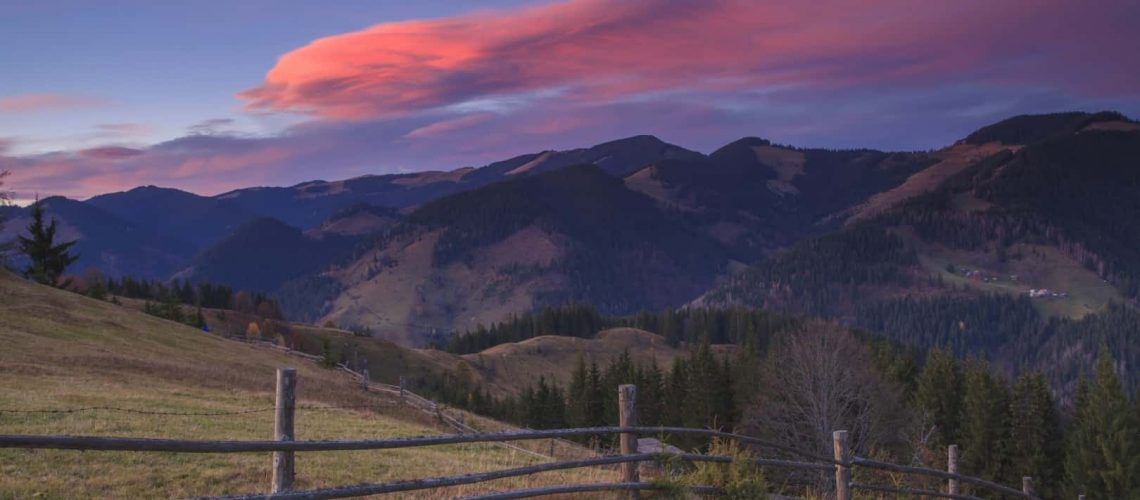A lot of time, homeowners tend to get a limited amount of backyard or garden space. This space gets even more limited and restricted if there is a slope or any sort of inclination in place. What does one do then? Surely, one shouldn’t leave the space be. This is what we’re here for. Keep on reading to learn the basics as to how to garden on a slope.
1. Inspection of the Site
First off, before diving headfirst onto the planting process, what you need to do is take some time out for the inspection of the area. Take into consideration all-natural elements such as soil erosion issues, sunlight, standing water element, shade, and other elements which can be trouble later on included weeds and windy situations.
Moreover, the next crucial step while the inspection is to measure the inclination of the slope. If it is more than 40%, then maintenance can be difficult for you. What’s more, you also won’t be able to walk up and down the slope, so planting there can be challenging and should not be done.

2. Clean Up
Secondly, once the inspection process is done, you will be moving on to the step of clearing the area. There is nothing out of the ordinary in this step and is something that should be done regardless of the type of planting. Refrain from using mechanical objects such as tractors etc., to turn the soil as it can create troubles of erosion. Stick to the tiling for the turning.
While cleaning up, you should always clear away debris such as rocks, etc. One major point to keep in mind is to keep the usage of chemicals to a minimum. If you use them too much, your plants might have difficulty growing later on.
3. Weed Removal
Weed can be quite an irritating part of every garden. It is mentioned above that a thorough cleanup is crucial for any gardening procedure. Weeds need special attention and should be eliminated at all costs. If not, they will end up consuming all the water and sunlight, causing your plants to dehydrate. For weed removal, you can use natural ingredients such as vinegar and salt to draw them out.
4. Soil Inspection
Once again, we move to the inspection phase. Although, this time, the inspection will be much more detailed. You might feel like skipping out on this step but be prepared to face slow growth and sometimes no growth at all as a result of bad soil!
One major soil-related problem for slopes is that the soil stays dehydrated because the water moves down the slope instead of getting soaked up. An easy solution for dehydration is to make use of a drip irrigation system. With this, you can water right in the roots and even put on a timer for less hassle.
5. Picking Plants
Planting on an inclination can be a slippery slope (pun intended!) There are tons of plants and flowers out there, but not each one is suitable for a slope. Sometimes soil erosion can be a never-ending issue, and the type of plant you pick can help in this dilemma. It’s not all compromise, though; there are several plants out there that can grow well in such an area. The only similar characteristic of all these is that they require a very small amount of water. You can get rockrose, California lilac, rattlesnake master, forsythia, catmint, purple cornflower, and Russian sage, etc., for slopes.
6. Placement of the Plants
So, you have decided on a plant, you might think you’re done, but there are still some strategic steps left. The next step requires your attention than most. Slopes have different shapes, so you should get plants that can grow to various sizes. Place the tallest ones at the height of the slope and keep going down as the size of each decreases.
This trick is not just for the aesthetic appeal, but it is also important so that each one gets enough space to grow without facing any troubles under the ground. Overcrowding can be a huge issue in plants, and this placement strategy should work.
7. Sowing
Next up, you will be sowing. First up, get pots and trays on hand, preferably one with holes for water drainage. Next, get sterile seed compost. It is easily available at stores and is safe since there won’t be any chances of pests that you might find in manually dug-up soil. Moving on, a spray bottle is the best way to water, so get that ready. Get to spraying and make the soil completely moist and even.
Next, you should start pouring in your seeds. Keep the size in mind; if they are big, then you should place the watch at a distance from the other. If they are bigger, around 6mm, then you should bury them. Once done, cover the pot with a sheet to save it from dehydration and put it in a warm place. You can take them out after a few weeks once the germination is in full effect.
Let a few more days pass, and you will notice sprouting. This is when you should take out the individual seedlings with a scooper very carefully and transfer them in individual settings.
8. Installation of Paths
This one is more of a precautionary and aesthetic step. Working on a slope is dangerous to avoid any falls install steps and paths. This can be done by using rot-resistant logs, stepping stones, or even flat rock boulders. You can even use different types of wood, such as timber but remember that it can be quite sensitive and might not be able to live long.
Get Planting!
And there you have it, folks! Follow the easy steps given above to have a smooth slope gardening process. Always remember to be gentle with your plants, do thorough research on the soil and plant types beforehand, and always check up on them timely!

